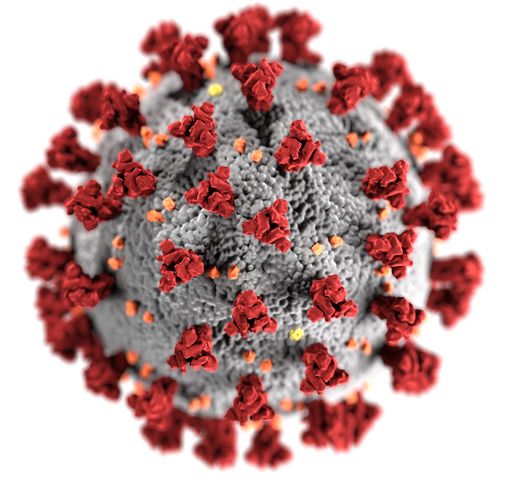While in a global battle against an invisible enemy, a team of spirited scientists have found a remarkable discovery that could change the course of the pandemic and challenge everything we thought we knew about the elusive Omicron variant! The study, led by Boston University and involving international researchers, investigates the Omicron variant of the SARS-CoV-2 virus. SARS-CoV-2, short for Severe Acute Respiratory Syndrome Coronavirus 2, is an RNA virus belonging to the Coronaviridae family, known for its distinctive spike proteins that facilitate entry into host cells. This virus, causing the COVID-19 disease, primarily targets the respiratory system and spreads via aerosolized droplets, leading to symptoms ranging from mild flu-like manifestations to severe respiratory distress.
It identifies mutations that enable Omicron to evade prior immunity and introduces a new protein, NSP6, as a key factor in its reduced disease-causing potential. This study refutes earlier misconceptions about its findings and offers new insights for vaccine and therapeutic development. Hopefully, we can create a vaccine that will finally rid us of COVID for good.
Mohsan Saeed, the study’s senior author, highlights the minimal role of the spike protein in Omicron’s lower pathogenicity. We learned in AP Biology this year that a spike protein is a surface protein found on certain viruses, including the coronavirus, that facilitates their entry into host cells. These cells recognize foreign proteins, including viral spike proteins, and help orchestrate the body’s defense by binding to these proteins and signaling other immune cells to respond. This knowledge enhances our understanding of viral mechanisms and immune responses, highlighting the significance of proteins other than the spike protein in viral pathogenicity. It binds to receptors on the host cell’s surface, triggering a process that allows the viral genome to enter and infect the cell. Instead, mutations in the NSP6 protein are crucial in Omicron’s pathogenicity. This discovery opens new possibilities for future vaccines and treatments. The research, which will also be published in print, is a collaborative effort between various universities and research centers, emphasizing the need to explore non-spike regions of the viral genome.
The study began when researchers noticed the fast spread but reduced severity of Omicron. The initial focus was on the spike protein, as it was the primary differentiator between Omicron and the original virus. However, experiments showed that while the spike protein contributed to Omicron’s characteristics, it was not the sole factor. The National Institute of Health says that another reason for quick spread is several mutations of Omicron, which promote its ability to diffuse worldwide and its capability in immune evasion. It always amazes me how something so microscopic can have so many different factors at play!
Researchers adhered to strict protocols to avoid enhancing the virus’s strength, a concern known as “gain of function.” Comparing the chimeric virus (combining Omicron’s spike with the original virus) with the original strain revealed that the chimeric virus was weaker but not as weak as Omicron, indicating other factors at play.
Further research led to the discovery of the role of the NSP6 protein. This protein, previously understudied, was found to significantly reduce viral replication and infection severity. This finding shifted the focus from the spike protein to NSP6, revealing its importance in the virus’s ability to cause disease.
Understanding the role of NSP6 opens new avenues for combating COVID-19. It highlights the importance of examining genetic differences between variants to develop new treatments and vaccines. The research team plans to further investigate NSP6, potentially leading to more effective pandemic control strategies. Now that you’ve got the scoop on what’s happening with COVID-19 if you were hesitant about the vaccine, did this blog make you think differently? If it did, how so?




Leave a Reply